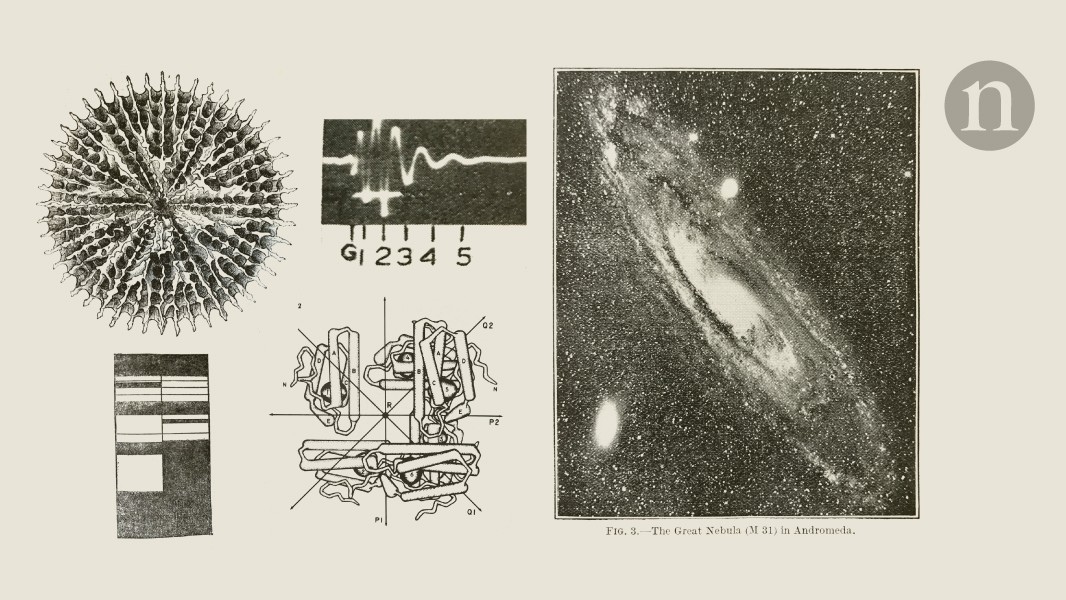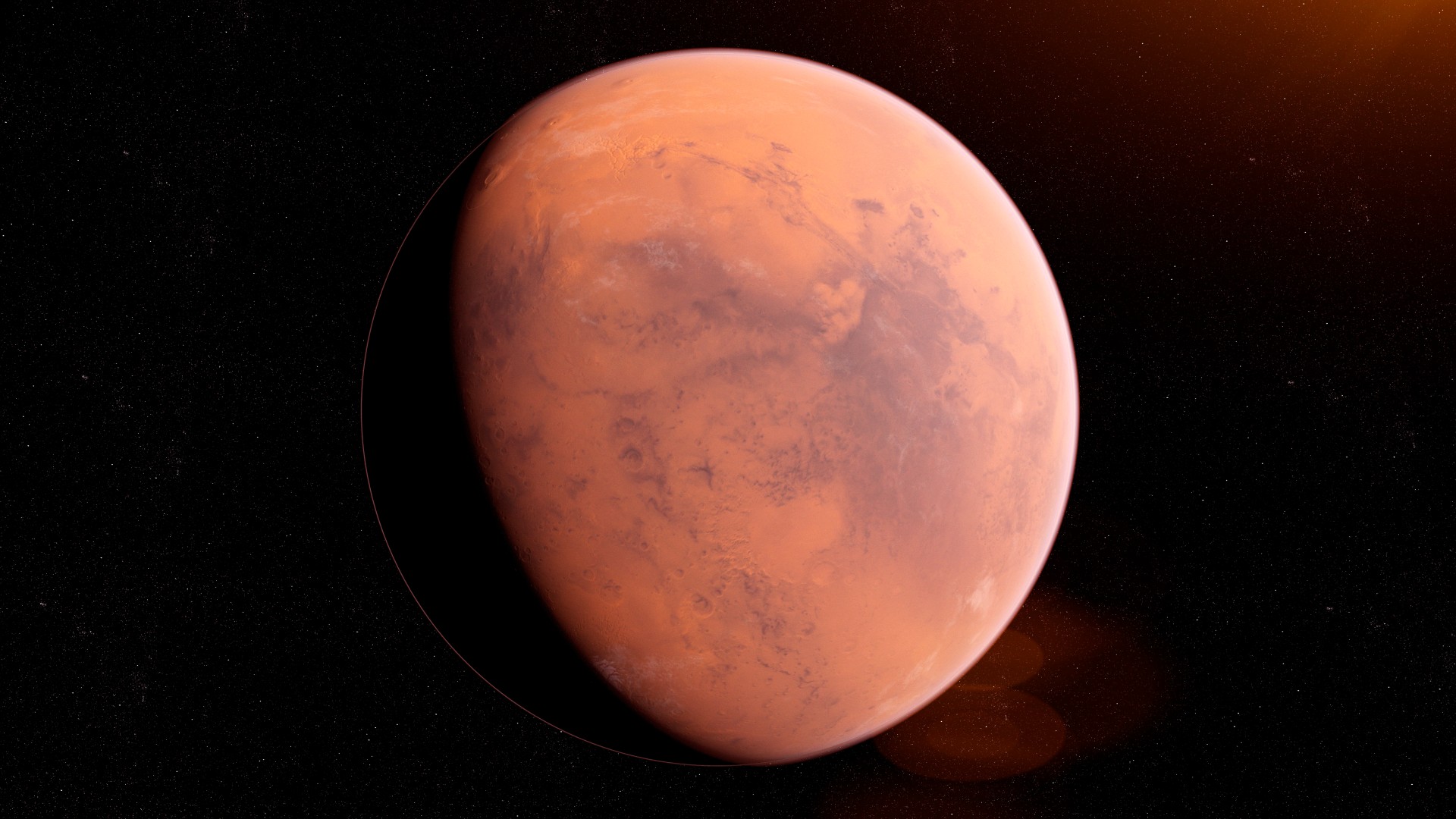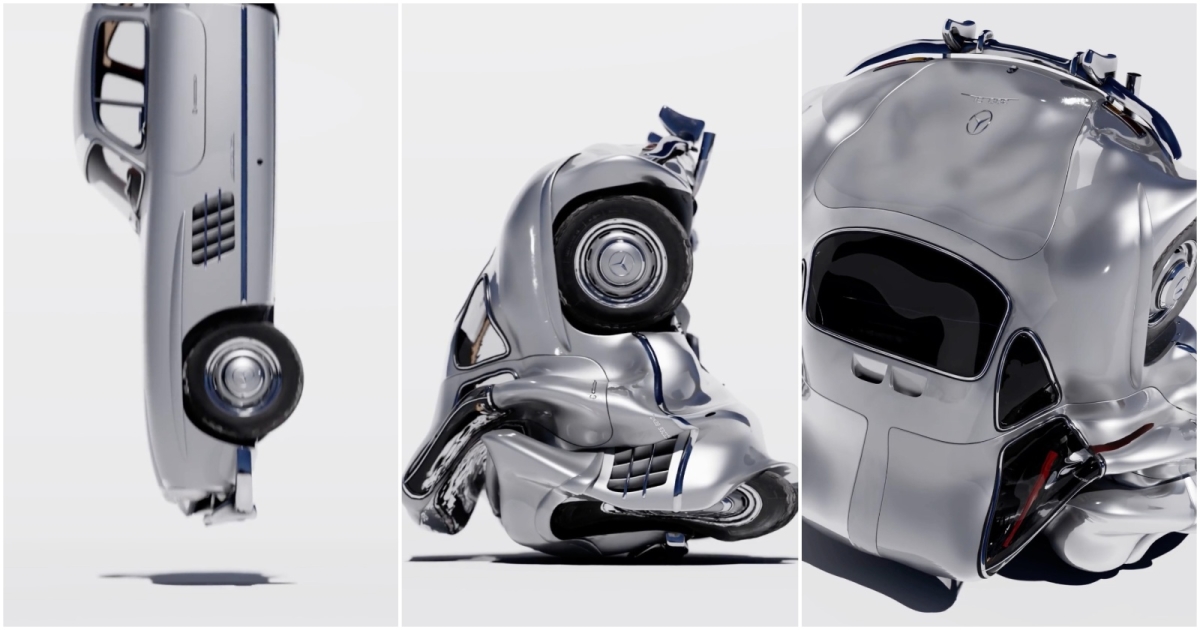
Ancient Mars wasnt just wet. It was cold and wet
www.sciencenews.org
Frigid water helped paint Mars red and may have shaped a vast coastline, two new studies into the planets history reveal.Scientists have detected a possible ancient beach in Mars northern hemisphere and identified a water-containing mineral responsible for the planets rosy hue. The findings reveal details about conditions on Mars when the planet last contained large volumes of liquid water more than 3 billion years ago.Early Mars has historically been thought of as either cold and dry or warm and wet, says Alberto Fairn, an astrobiologist at the Center for Astrobiology in Madrid and at Cornell University who was not involved in the new work. The two new studies, together, resolve the second part of the equation: Early Mars was wet; it was never dry.Mars northern lowlands lie at a lower elevation than the rest of the planet, leading some scientists to suspect that the area had once been the site of a vast ocean. Zhurong, a Chinese rover that landed on the edge of this region in 2021, used ground-penetrating radar to probe for signs of a past shoreline buried deep beneath the surface.The rover detected a kilometer-long sloping region buried 10 to 35 meters underground that closely matches the slope of beaches on Earth, planetary scientist Michael Manga and colleagues report February 24 in the Proceedings of the National Academy of Sciences. Radar data suggest that the slope is made of pebble- to sand-sized sediments.The researchers considered the idea that the sandy slope is a buried dune, like those found elsewhere on the Martian surface. But the detected features dont match the expected shape of windblown sand dunes, nor are they likely to be caused by rivers or lava flows, the researchers say. Instead, the sediment deposits resemble deposits on Earths coastlines.The findings dont yet confirm that Mars hosted full-sized oceans. But if the area does represent an ancient shoreline, it could help scientists understand more about the planets past potential to host life. The interface between water, rock and air is a nice environment in which for life to exist, says Manga, of the University of California, Berkeley. Some of the earliest life on Earth formed in those kinds of environments, in shallow water, along shorelines.Another study could hint at the state of Mars liquid water just before it disappeared. The planets red color comes from a water-containing mineral called ferrihydrite, which probably required cold surface waters to form, researchers report February 25 in Nature Communications.Mars may have once hosted a liquid water ocean in its northern lowlands, according to a new study. This illustration shows what Mars may have looked like 3.6 billion years ago, if such an ocean covered the lowlands. The location of the Chinese rover Zhurong, which detected a possible ancient coastline, is marked with a star.Robert CitronWe basically were asking this long-standing question of why Mars is red, and many people probably understand that its due to rust, says Adam Valantinas, a planetary scientist at Brown University. But there are many types of rust on Earth, many different mineralogies of these rusts, and each specific flavor of this rust can tell you about the environmental conditions of when the rust formed.For years, scientists suspected that Mars got its red color from hematite, a form of iron oxide, or rust, that contains no water and therefore must have formed after the planet lost its liquid surface water. But hematite doesnt absorb and reflect light quite the same way as Martian dust, and discoveries of other water-containing minerals on the planets surface led Valantinas and his colleagues to question whether hematite was truly responsible for the red hue.The team measured the wavelengths of light that different laboratory samples of minerals absorb and reflect and compared those with similar measurements of Mars dust collected by orbiting and ground-based spacecraft. The researchers found that a mixture of one part ferrihydrite to two parts basalt, a volcanic rock, best matched the color of the Martian surface.Ferrihydrite, a form of iron oxide that contains water, would probably have required cold, wet conditions to form on Mars, Valantinas says. On Earth, the mineral is somewhat unstable and will gradually transform into a more stable form of iron oxide, like hematite. But cold temperatures and an acidic environment could slow that transition, stabilizing the ferrihydrite until the planets liquid water disappeared.Sponsor MessageCombining the two studies, we can imagine an early Mars with abundant liquid water on the surface, to the point of forming seas or oceans, in a generally cold to very cold climate, similar in some sense to the beaches of the Arctic Ocean, Fairn says.
0 التعليقات
·0 المشاركات
·29 مشاهدة






